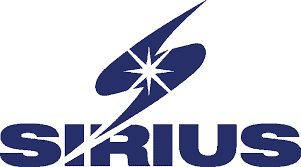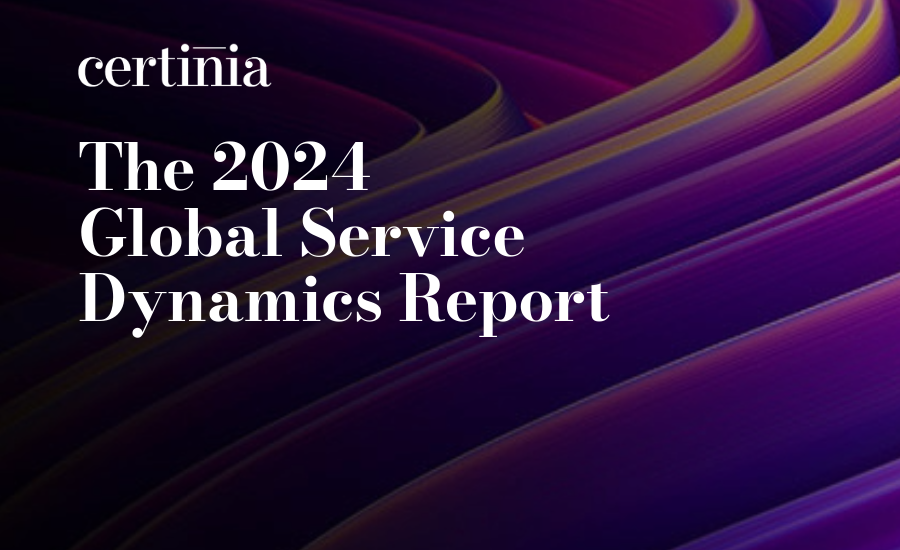Capturing lost revenue: The imperative to close the gap between service quoting and delivery

Revenue leakage is the bane of every professional services organization (PSO). After all, not capturing and recognizing all eligible sales revenue is a threat to the health and sustainability of any company that offers professional services. And, in SPI Research’s 2020 Professional Services Maturity™ Benchmark Report, the average reported revenue leakage was 4.5%.
As the report goes on to explain,
Revenue leakage is difficult to determine in many cases, making it a ‘silent killer’ of profitability. Often, organizations don’t even realize revenue has not been billed, making it a very difficult figure to calculate. It is also a barometer for overall operational efficiency, as PSOs with higher levels of revenue leakage reported lower utilization, poorer on-time project delivery, more project overruns and lower EBITDA than organizations that better manage contracts, capturing all hours and expenses and billing accurately.
Lost revenue starts with a disconnect
The problem stems from a lack of tight alignment between your quoting approach and how you deliver professional services; and incomplete data makes revenue leakage hard to detect. Such misalignment – exacerbated by a disconnect between front office and back office systems – results in numerous problems when it comes to managing revenue. If you aren’t accurately staffing and billing opportunities that you’ve won or that are in progress – or if you are carrying unscheduled backlog – revenue leakage is a big risk.
Let’s level set on what we mean when we talk about quoting and delivering services. We are ultimately talking about the whole quote-to-cash lifecycle. This often complex, cross-functional series of steps to win business, book orders, and collect cash is often composed of different point solutions for each step in the process. Moreover, the process is no longer linear. It can involve multiple back and forths, and building customer lifetime value is the ultimate goal. When handoffs from one to the next are not aligned, it can become difficult to detect and reduce revenue leakage.
Common revenue leakage scenarios
Now let’s walk through some real-world scenarios showing how capacity and utilization challenges and multi-element revenue contracts exacerbate the revenue-leakage problem plaguing many medium and large enterprises.
Capacity and Utilization Challenges
In its simplest terms, utilization is the percentage of available hours your services delivery team spends doing productive, billable work. Any idle time that goes unnoticed is lost revenue. Tracking resource utilization across distributed teams doing multiple projects can be very complex. In fact, a disconnect between services quoted and services actually delivered can easily cost a company millions of dollars in lost revenue.
Common revenue leakage scenarios include:
- When there is budget left over on a services project that the client would have happily spent
- When the services team is not able deliver all of the hours sold in the contract because they lack the right skills or capacity.
- When time worked or inventory sold is not properly tracked and therefore not invoiced
Without a clear connection between what was sold on a contract and services delivered to date, enterprises are blind to what revenue can be recognized. Furthermore, without real-time visibility into when projects will finish or when key resources are available, companies cannot accurately staff current and future commitments.
Failing to Track Revenue Allocation Properly
These issues are even more complicated for companies that bundle multiple elements – such as inventory, subscriptions, and services. Multi-element contracts require invoicing and revenue recognition to be bifurcated in order to comply with ASC 606 regulations. ASC 606 compliance requires revenue “allocations” to the different contract elements so that as they are delivered to the customer the total revenue can be recognized (irrespective of how the contract may be invoiced).
Many enterprises struggle with proper revenue allocation and the related revenue recognition. Here’s a simple example. If a company sells products –- say servers and hand-held devices for warehouse management – and also sells implementation and support services, it can invoice the client upfront for the full price of the contract. However, since it takes time to deliver the services, the company cannot recognize that revenue until the services are actually completed. In these situations, it’s critical to have a system that can allocate revenue across products and services based on a standalone, fair market price for each element.
A case in point:
Sirius Computer Solutions, one of the largest solution integrators in the US, has clients who request that they provide a total solution consisting of products (hardware/software/subscriptions) with managed services and/or professional services. Sirius was seeking a way to automate revenue allocations in multi-element orders, but its existing system was making the process extremely difficult and time-consuming. CLD helped Sirius implement a single platform solution on Salesforce with Certinia. Now the company is able to properly allocate revenue and automate the downstream revenue recognition calculations as products and services are delivered. Once Sirius starts delivering the services, it has an accurate accounting of what has been delivered against the sold value, which allows for proper calculation of the “earned” revenue over time.
Revenue leakage related to multi-element contracts occurs when services are not being accounted for properly against the plan. Revenue being “earned,” i.e. recognized, prematurely results in “revenue reversals,” a situation that can occur when service delivery gets sidetracked or takes longer than anticipated. Conversely, revenue that could be earned because work is done on time or even ahead of time might go unearned, resulting in “leakage” that must be captured in a future period.
Closing the gap between service quoting and delivery
A tightly coupled services quoting and delivery solution will allow companies to accurately calculate the stand-alone selling price of the services as they are quoted. This in turn will allow for the proper building of the revenue contract with revenue being allocated for all the elements of that contract: inventory, subscriptions, and services combined. In addition, once delivery of the services begins, an accurate accounting of what has been completed against the sold value of the services will allow for proper calculation of revenue recognition over time. In the ideal state, with the proper tools in place, a company can automate service project setup, revenue allocations, and revenue recognition, saving time and greatly improving customer experience.
Finally, an ancillary, but critical, side benefit of this tightly coupled system is the ability to use the service quote to forecast capacity and skills demand and then perform analytics comparing factors like as-sold margin to as-delivered margin. These analytical capabilities help eliminate revenue leakage caused by capacity challenges and poor utilization, and enhance profit margins.
Creating a healthier business and client relationship
Closing the gap between services quoting and delivery is about ending the disconnect between your systems and data. With the gap closed, all your stakeholders gain crystal-clear visibility into service deals, projects, and utilization. Quotes are built with resource roles, standard rates, tasks, and schedules taken into account, making it easier to forecast when revenue will be recognized. This leads to shorter period close cycles when it’s time to recognize revenue.
In turn, your managers can pinpoint and match available resources and skillsets for new projects sold. With this real-time visibility, they can plan staffing appropriately based on forecasted and backlogged projects, and can tag resource plans to services quotes for predictability. Finally, you can easily determine if it’s time to hire more consultants, or even more importantly, if it makes more sense to engage with contractors.
The overall impact is higher utilization and profitability. Consider the following calculation from SPI Research’s 2020 Professional Services Maturity™ Benchmark Report:
For a 100-person professional services organization, a 4% increase in utilization translates to 8,000 more billable hours per year. With average bill rates of $200 per hour, that professional services organization can produce $1.6 million in incremental revenue.
Gaining clarity and optimizing professional services delivery not only ensures a healthier business, it improves the client experience. With clarity at every level, clients will feel confident that projects are being invoiced fairly and accurately, and won’t waste time trying to reconcile services delivered against invoices.
Companies that can manage the quote-to-cash cycle seamlessly and effectively, with each professional services quote informing the order and project, drive accurate billing, revenue, and cost transactions. This means capturing the most revenue possible at the highest margin and is what I refer to as Professional Services Nirvana.
In my next post, I’ll dig more deeply into this state of Professional Services Nirvana: why it’s so elusive and how to achieve it.
More About CLD Partners
CLD specializes in Certinia implementations and enterprise quote-to-cash solutions on the Salesforce platform. CLD Partners guides you through your Certinia implementation, giving you the value you expect from a big investment. Let us help you implement Certinia right the first time.






